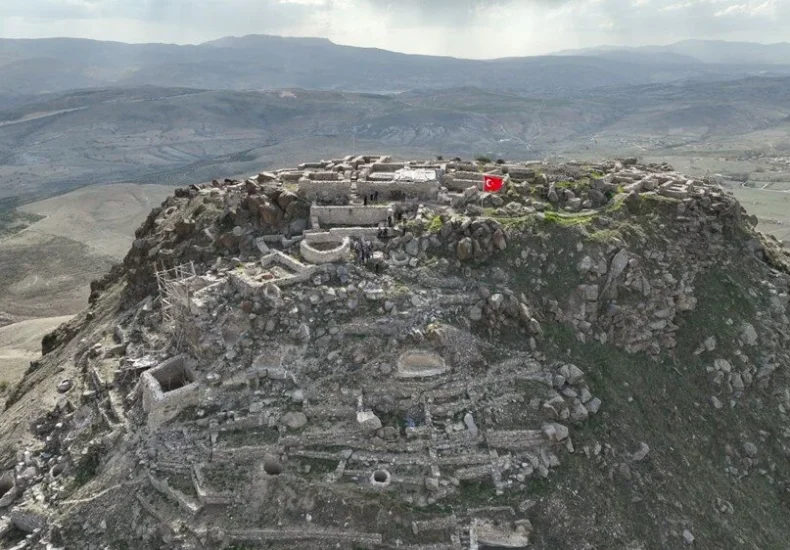
Gevale Castle on Takkeli Mountain to Open a 5,000-Year-Old Historical Window in Konya
Located at the summit of Takkeli Mountain in Konya’s central Selçuklu district, Gevale Castle, a site that bears the traces of multiple civilizations including the Hellenistic, Roman, Byzantine, Seljuk, Karamanid, and Ottoman empires, is undergoing extensive restoration work. Once completed, the site will offer visitors the chance to explore 5,000 years of Anatolian history while
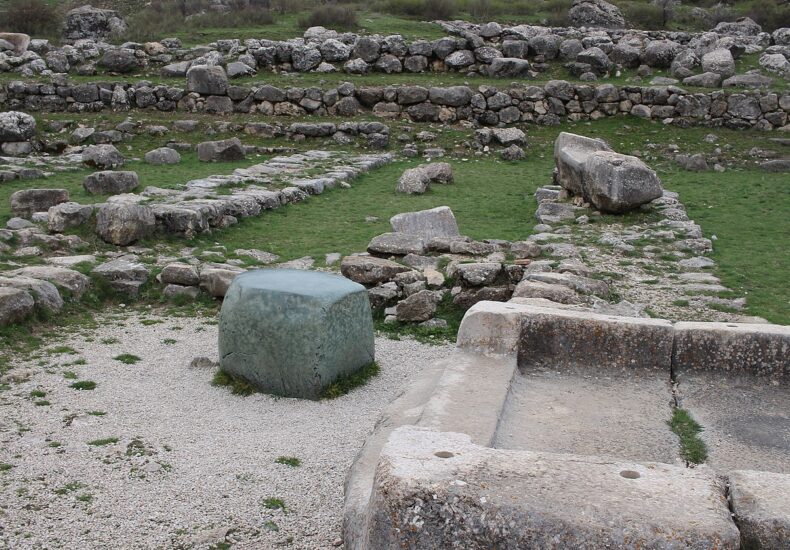
The Green Stone of Hattusa: An Ancient Enigma in the Heart of the Hittite Capital
In the archaeological heartland of Hattusa—the ancient capital of the Hittite Empire—stands a unique object that has defied clear interpretation for decades. Known simply as the Green Stone, this smooth, cube-shaped block is positioned inside the city’s Great Temple, a sacred site dating back to the second millennium BCE. Unlike the surrounding limestone structures, the

Selime Cathedral: A Majestic Rock-Cut Structure in the Heart of Cappadocia
Selime Cathedral, located in the Selime village of Güzelyurt district in Aksaray Province, rises magnificently at the end of the stunning Ihlara Valley in the heart of Cappadocia. This impressive structure is considered one of the largest rock-cut cathedrals not only in Cappadocia but also in the world. With its historical depth, architectural features, and

Astonishing Kültepe Tablets: Some Everyday Turkish Words Date Back 4,500 Years
Remarkable findings are emerging from the ongoing excavations at Kültepe-Kanesh-Karum, one of Türkiye’s longest-running archaeological sites. Led by Prof. Dr. Fikri Kulakoğlu, the excavations of Assyrian cuneiform tablets dating back approximately 4,500 years have revealed traces of certain Turkish words commonly used today. Located on the Kayseri-Sivas highway, Kültepe has been shedding light on Anatolian
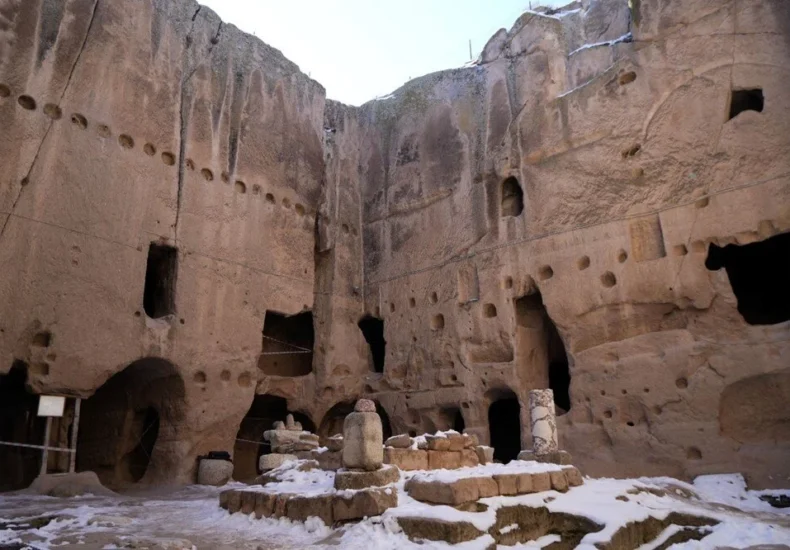
Gümüşler Monastery: The Petra of Anatolia and the Mystery of the “Smiling Virgin Mary”
The Gümüşler Monastery, one of Cappadocia’s best-preserved monasteries, often referred to as the “Petra of Anatolia,” draws attention with its historical structure and frescoes. Located in the Gümüşler town of Niğde in the Cappadocia region, the Gümüşler Monastery is famous for its “Smiling Virgin Mary” fresco. Believed to have been built between the 8th and
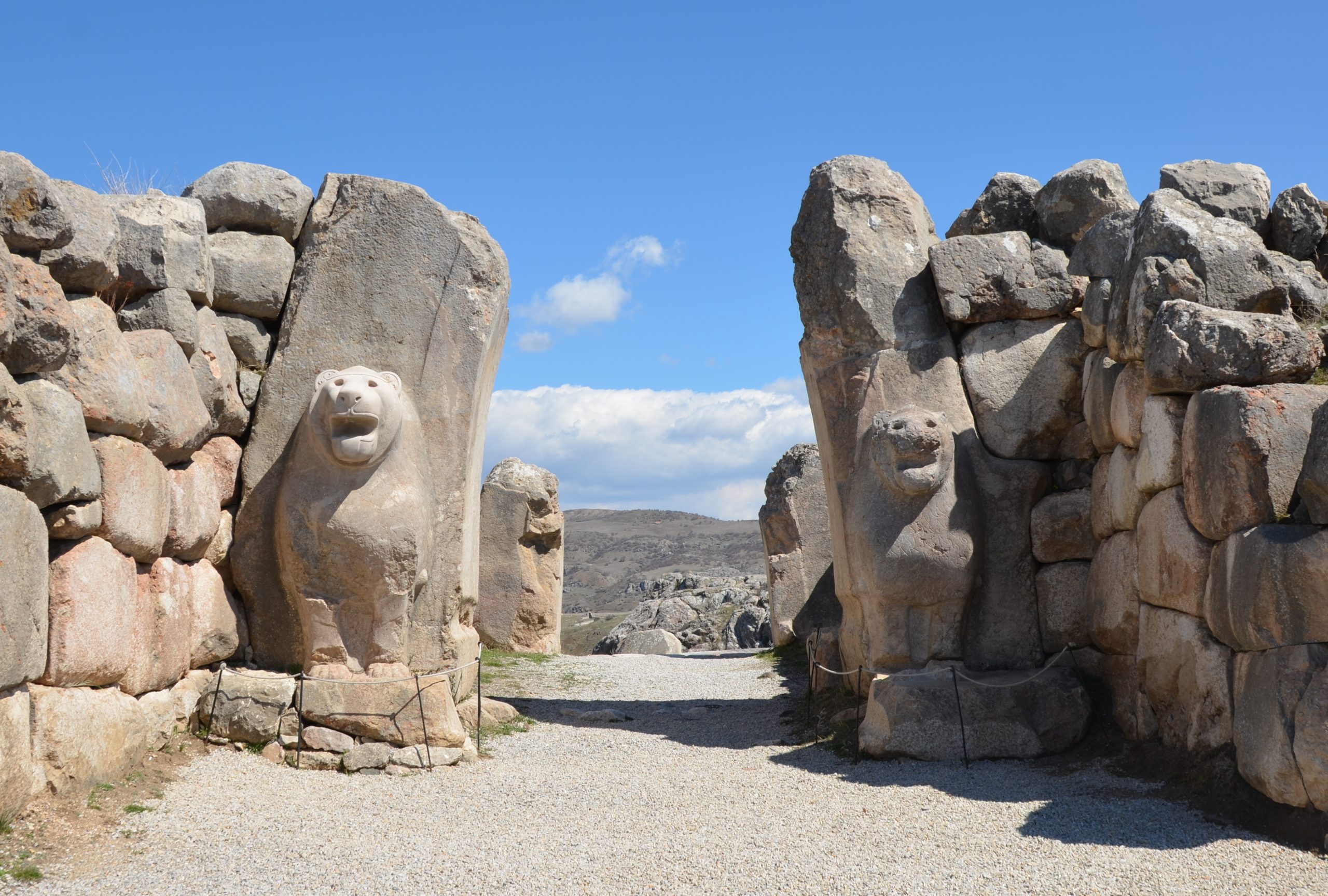
Hattusha’s Timeless Beauty on World Hittite Day
As the calendars marked April 15th, World Hittite Day, a whisper from the depths of history echoed with silent admiration. Hattusha, once the heart of the mighty Hittite Empire, continues to welcome its visitors with its enchanting atmosphere. Situated southwest of Çorum, at the foothills of Boğazkale, this ancient city, embraced by seven kilometers of

77th Year Excavations Begin at Kültepe Kanesh-Karum Archaeological Site, Tracing 6,000 Years of History
The 77th year of excavations is commencing at the Kültepe Kanesh-Karum Archaeological Site, where archaeological findings and documents dating back 6,000 years are being unearthed, known as “the place where Anatolian history began.” Excavation Head Prof. Dr. Fikri Kulakoğlu stated, “We are also trying to shed light on the period approximately 4,500 years ago. Before
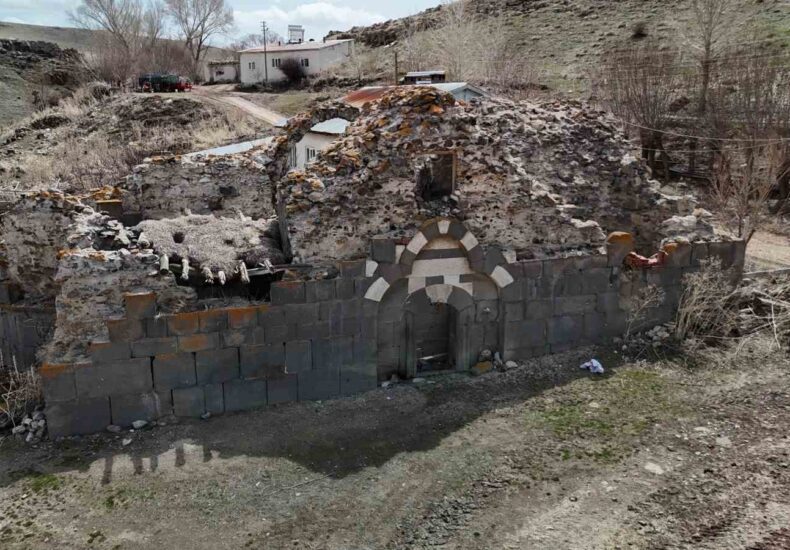
Mancılık Church, Once a Local “Central Bank,” Plundered by Treasure Hunters, Awaits Restoration
The Mancılık Church, located in the village of Mancılık in the Kangal district of Sivas, and whose history is unknown, has become a target for treasure hunters. The historical structure, which has been plundered by treasure hunters for years, is awaiting restoration to be brought into tourism. According to the villagers, the church once served
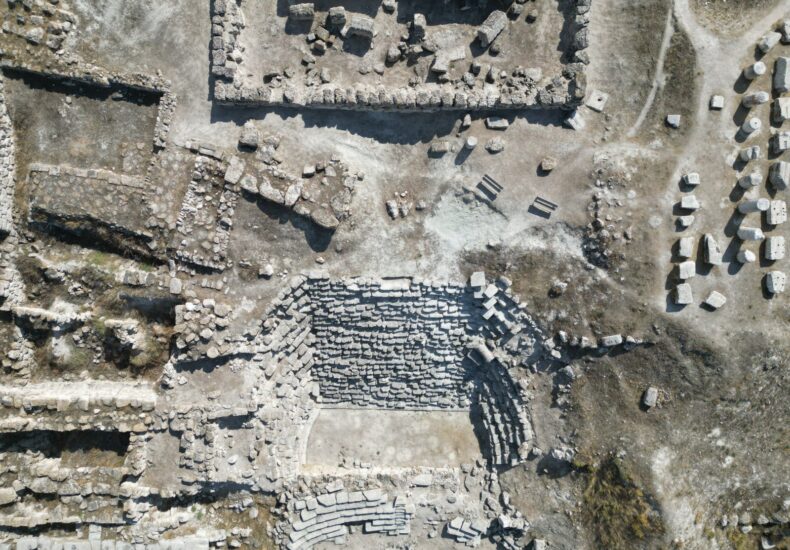
Pessinus: The Mysterious Home of Cybele in the Heart of Anatolia
Located in Ballıhisar village, 13 kilometers south of Sivrihisar on the Ankara-Eskişehir highway, Pessinus Ancient City hosts thousands of years of history hidden in the depths of Anatolia. This ancient city carries the traces of the past to the present with excavations started by Belgium Ghent University in 1967 and continued by Australia Melbourne University.
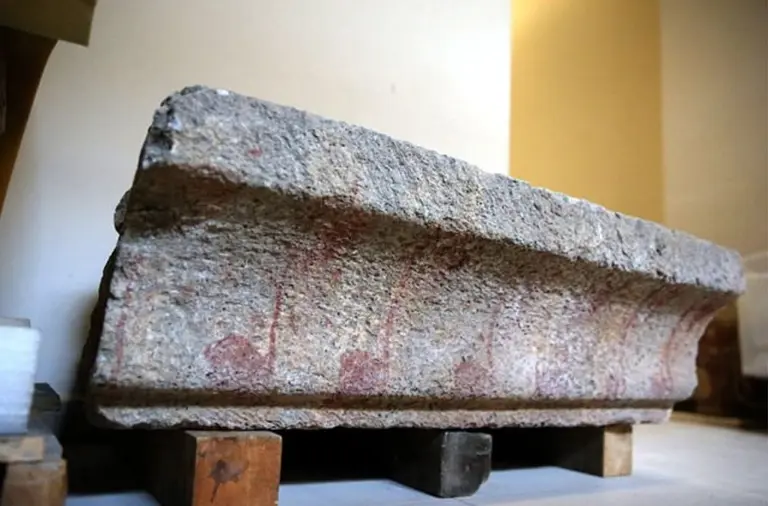
A Discovery That Sheds Light on History in the Central Anatolian City of Develi: The World’s Only Roman-Era Agricultural Calendar
In the Gereme region of Develi district in Kayseri, an agricultural calendar discovered by chance in 2013 and determined to be from the Roman Era holds a unique place in world archaeological literature. This discovery provides significant evidence that Gereme was a center for agriculture and agricultural education during that period. The stones, preserved by
